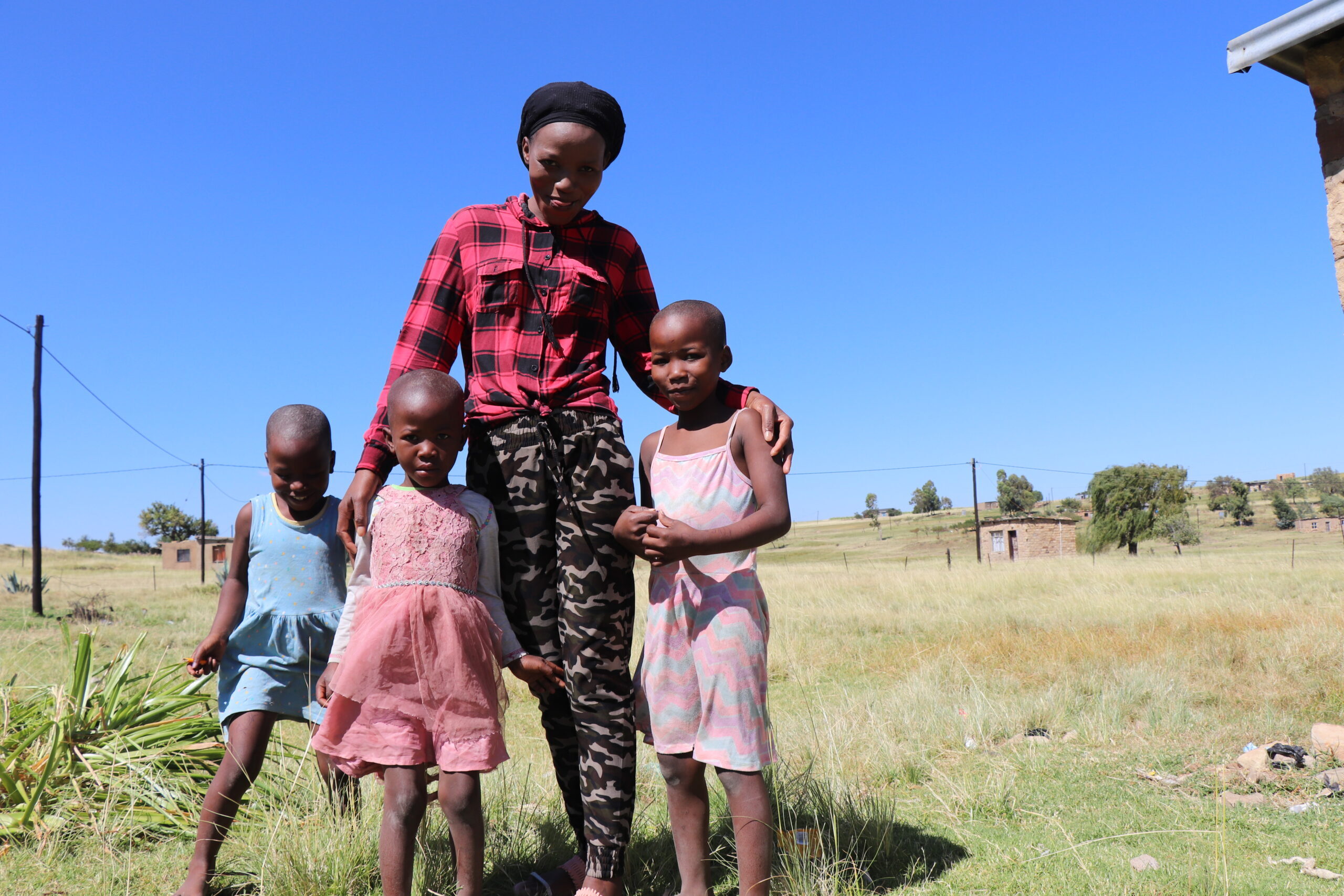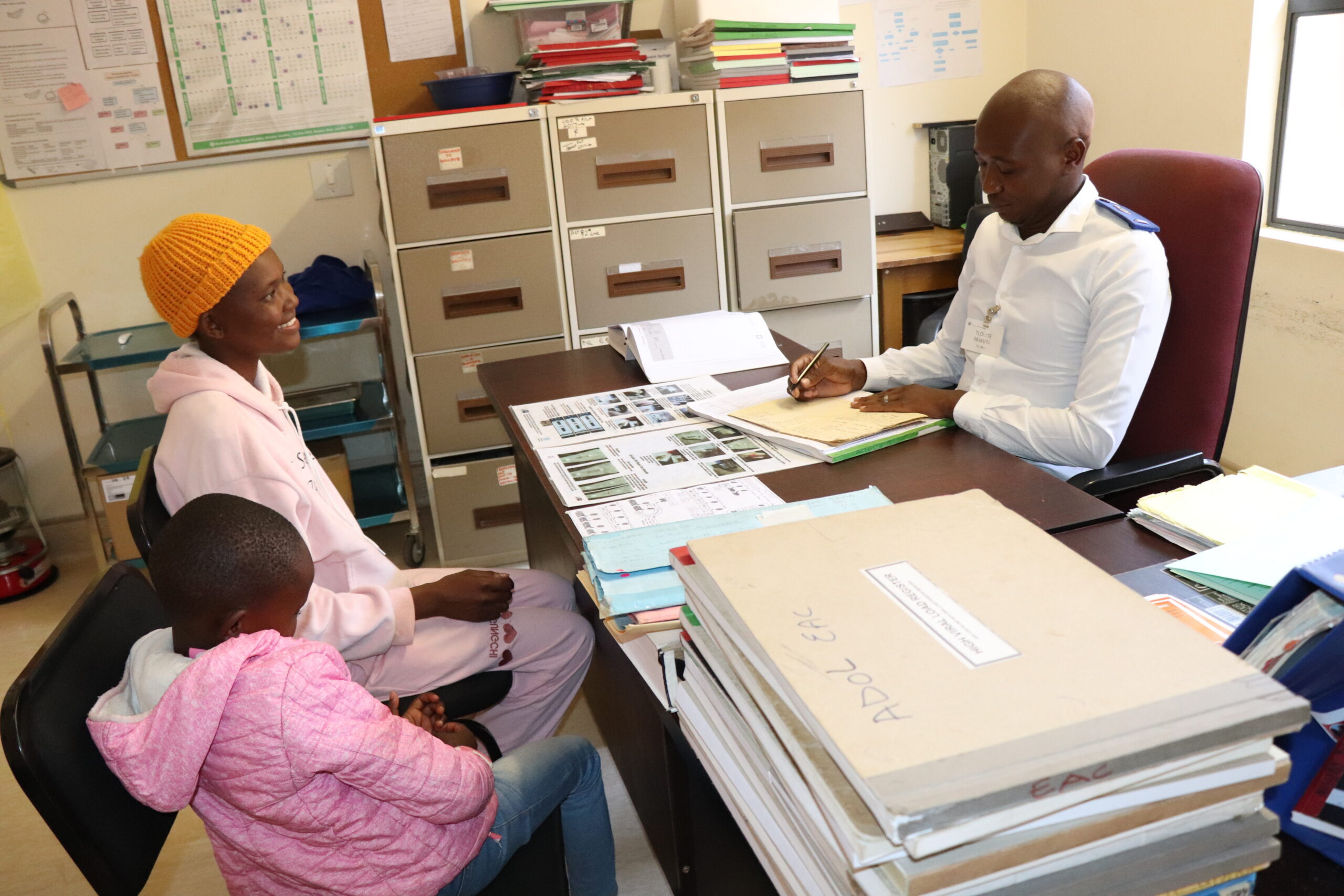Ending TB Through Expertise and Action
Tuberculosis (TB) is a preventable and curable disease. But it’s the deadliest infectious disease globally and every year, far too many children lose their lives to it. Children and adolescents suffer uniquely: their symptoms are harder to detect, their access to diagnosis and treatment is limited, and the stakes are high.
At EGPAF, our work to end pediatric HIV naturally extends to TB. By integrating TB prevention, testing, and treatment into our HIV programs, we ensure that children get the care they need. No child should have to fight one life-threatening disease while at risk for another. Together, we can protect children, support families, and move closer to a generation free from both HIV and TB.
Get the Facts


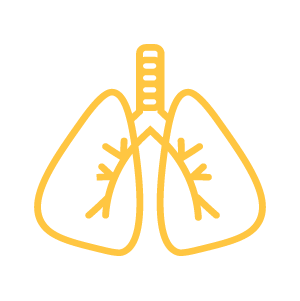
EGPAF’s Strategy: Prioritize Children & Adolescents in Every TB Response
EGPAF has experience embedding TB prevention, testing, and treatment into HIV service delivery (via PEPFAR support), because the overlap is too large to ignore. Our goals:
Key Areas of Focus
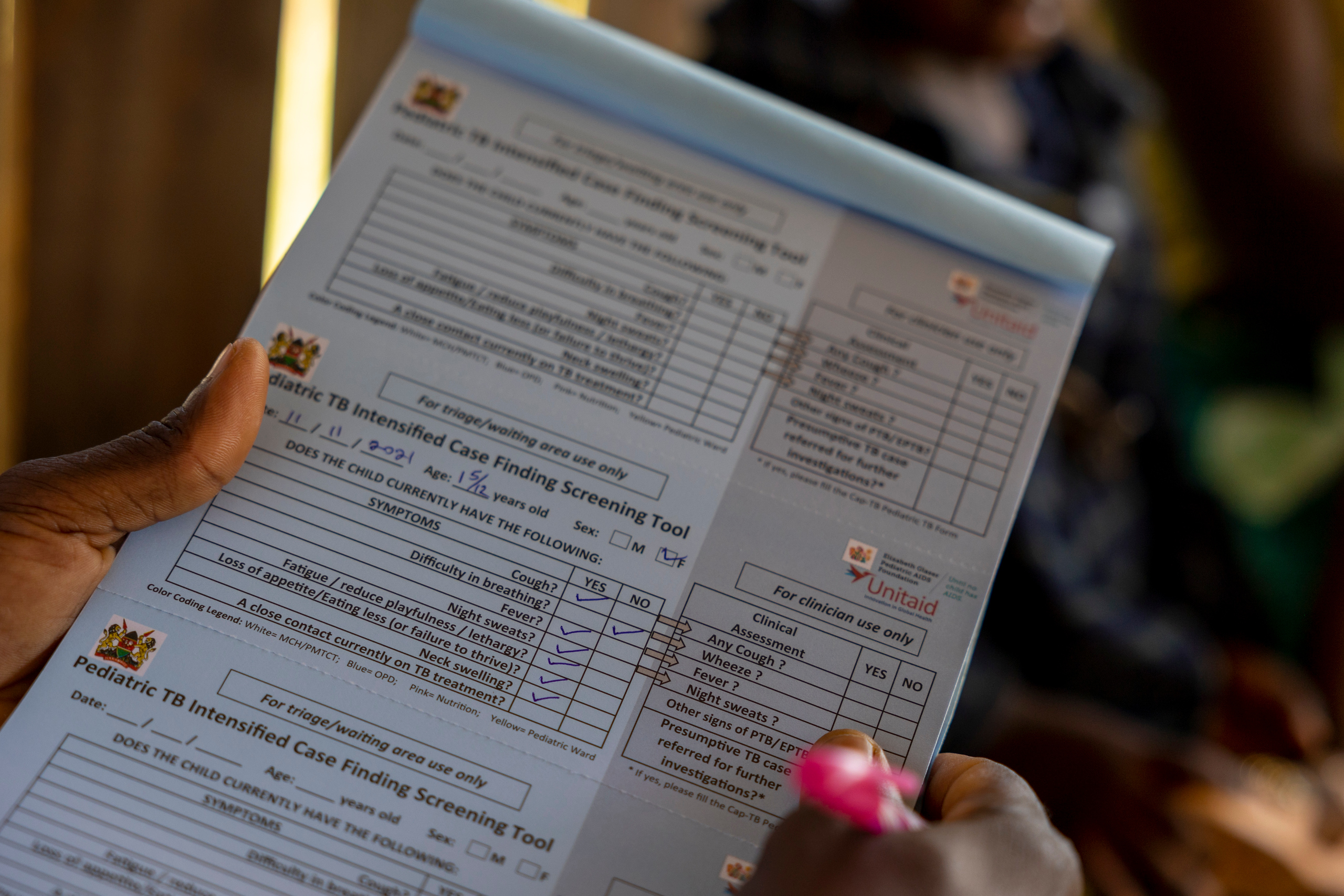
Finding the Missing Cases
Children under 5 are routinely underdiagnosed. Existing tools often require invasive sampling or miss subtle signs of TB. EGPAF scales up child-friendly screening and diagnostics in clinics and communities to close the detection gap.
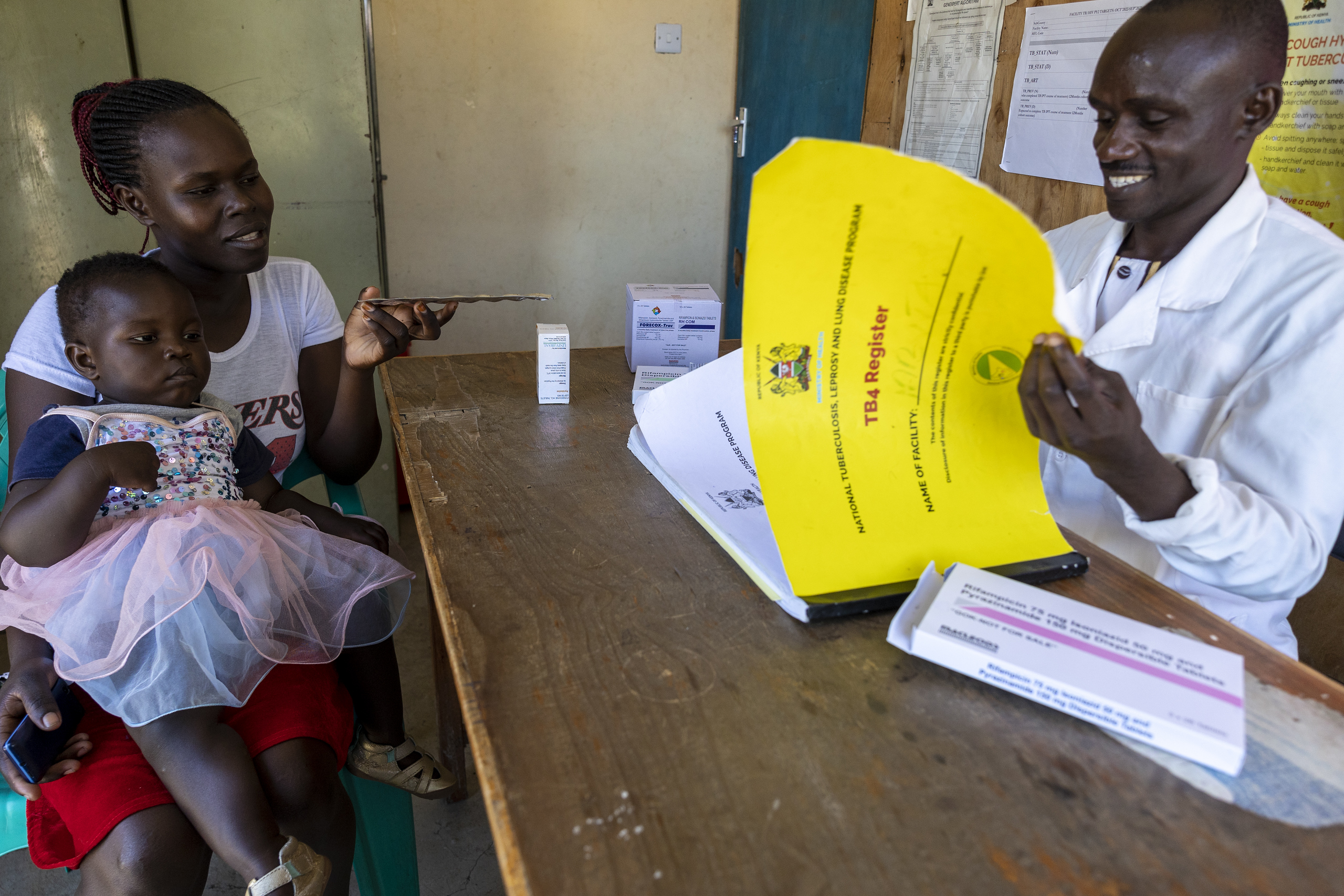
Preventive Treatment (TPT) Expansion
New, shorter regimens are available — but uptake is still far below what’s needed. Ensuring all eligible children in TB-affected households receive TPT (with pediatric formulations) is essential to stop disease before it starts.
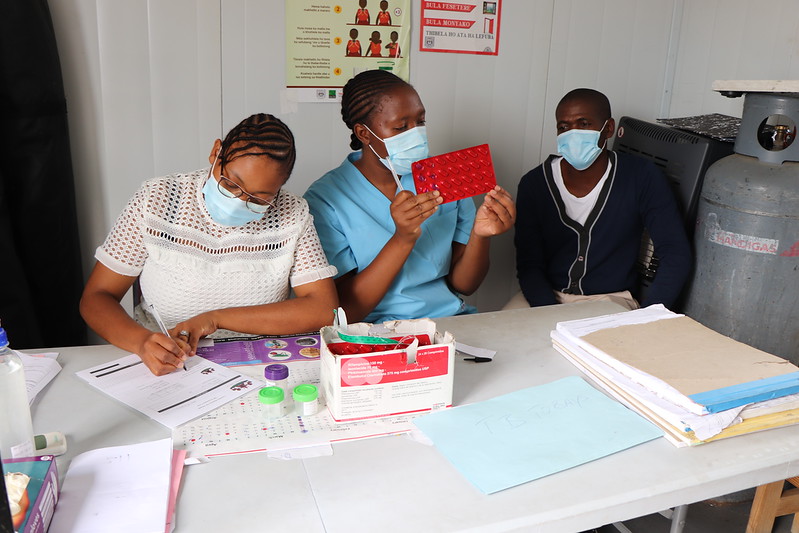
Child-Friendly Treatment Regimens
When treatment is available but hard to use (bitter medicines, complicated dosage, long courses), outcomes suffer. EGPAF advocates for shorter, easier, child-suitable treatment regimens, both for drug-susceptible and drug-resistant TB.
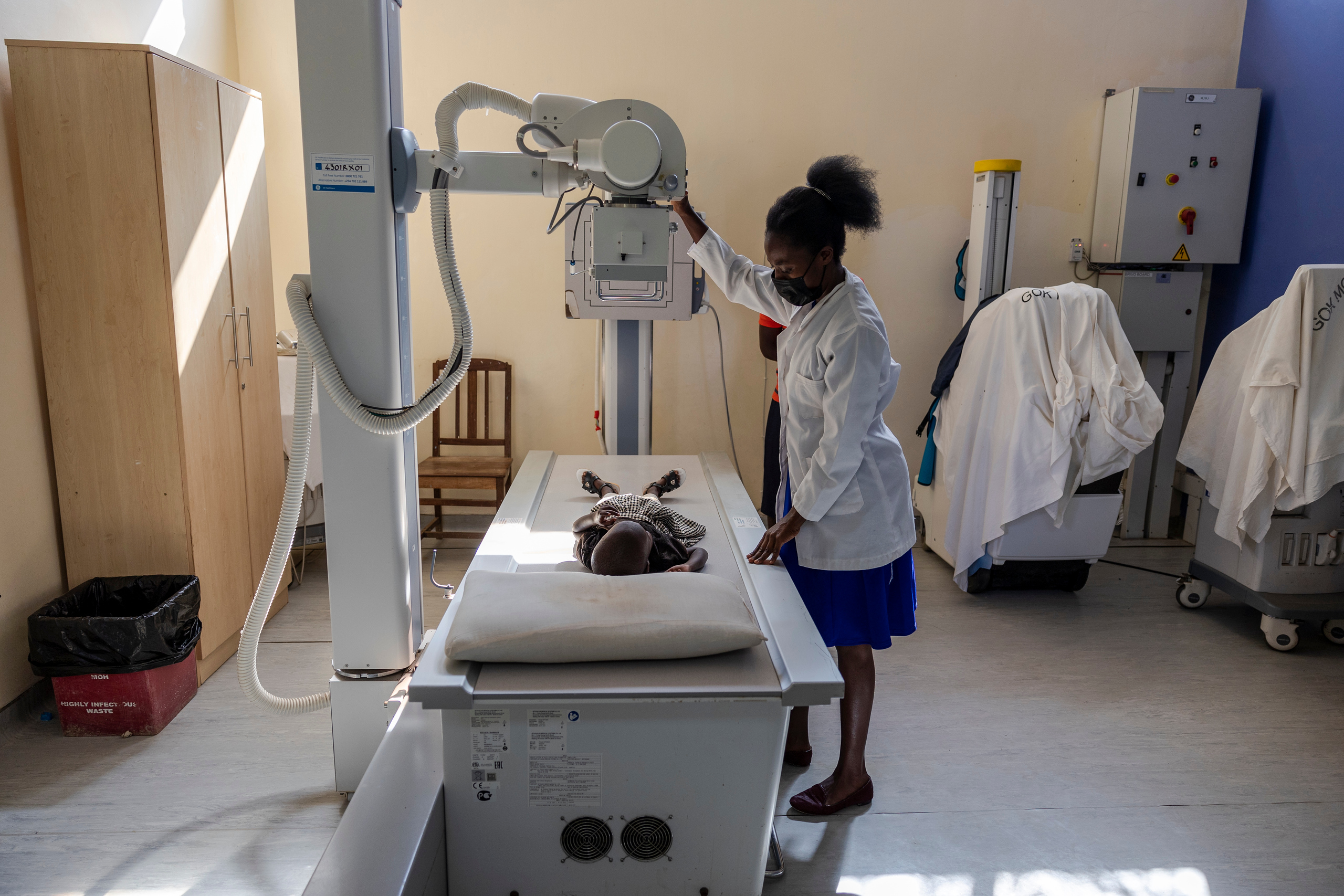
Models of Care Designed for Children and Families
Children need services that are accessible, integrated into routine health care, and delivered where they are: at primary health centers, in community settings. Integrating TB care into maternal, child, and adolescent health services helps catch disease earlier, reduce severe illness, and improve survival.
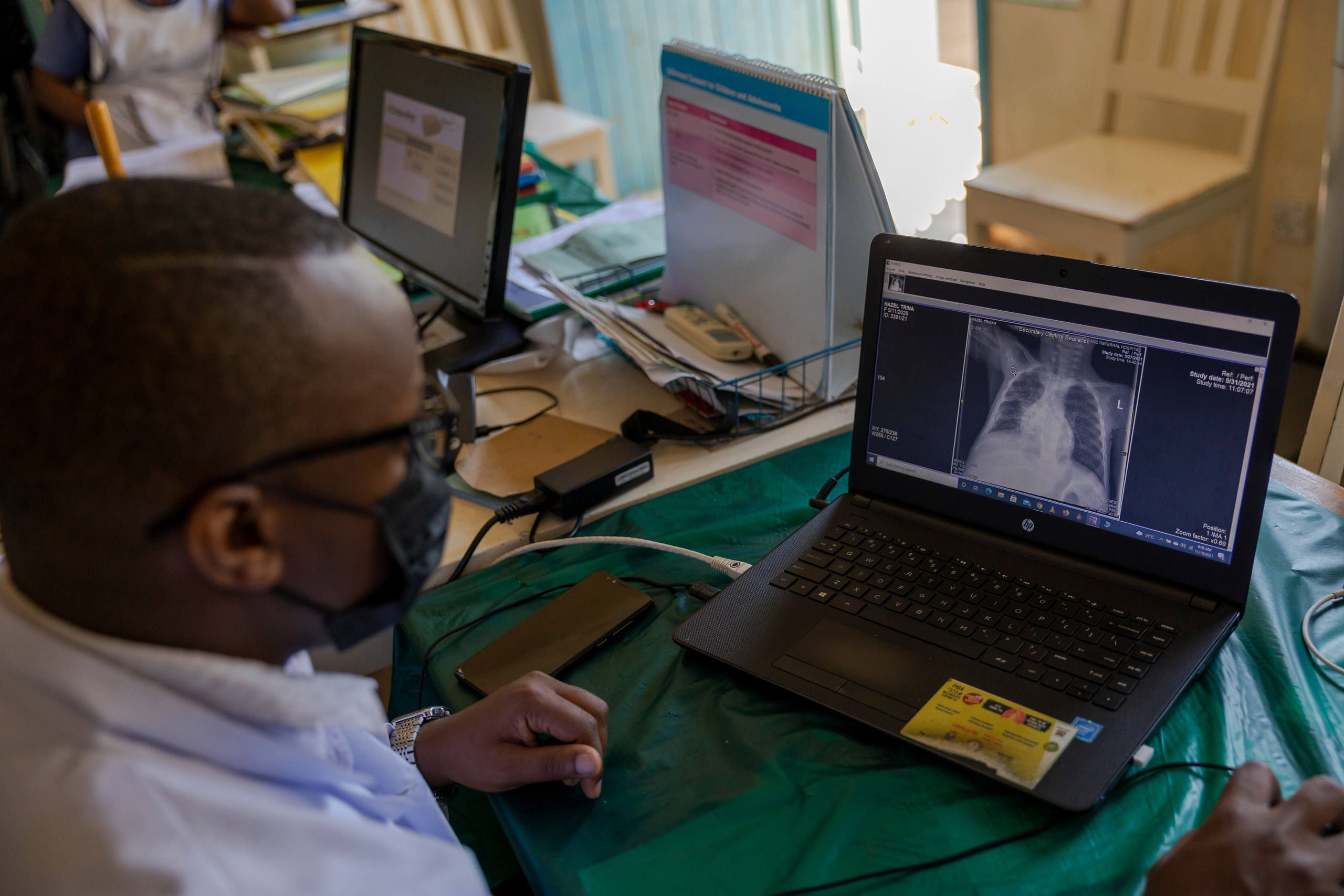
Advocating for Investment in the TB Response
Significant increases in both international and domestic resources are needed to sufficiently scale up childhood TB services and end the global TB epidemic. By 2027, $22 billion is needed annually for TB prevention, diagnosis, treatment and care across all populations.
What the Data Tells Us: The Urgent Gaps
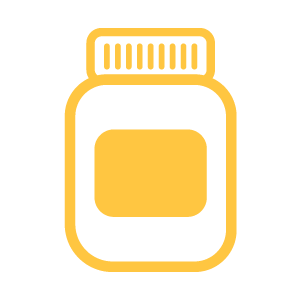


The Way Forward & EGPAF’s Promise
With better tools, stronger commitment, and smart investments, we can dramatically reduce deaths, prevent illness, and ensure every child has the chance to grow up healthy. EGPAF stands with children, families, health workers, and communities. We will not rest until pediatric TB is a disease of the past.


